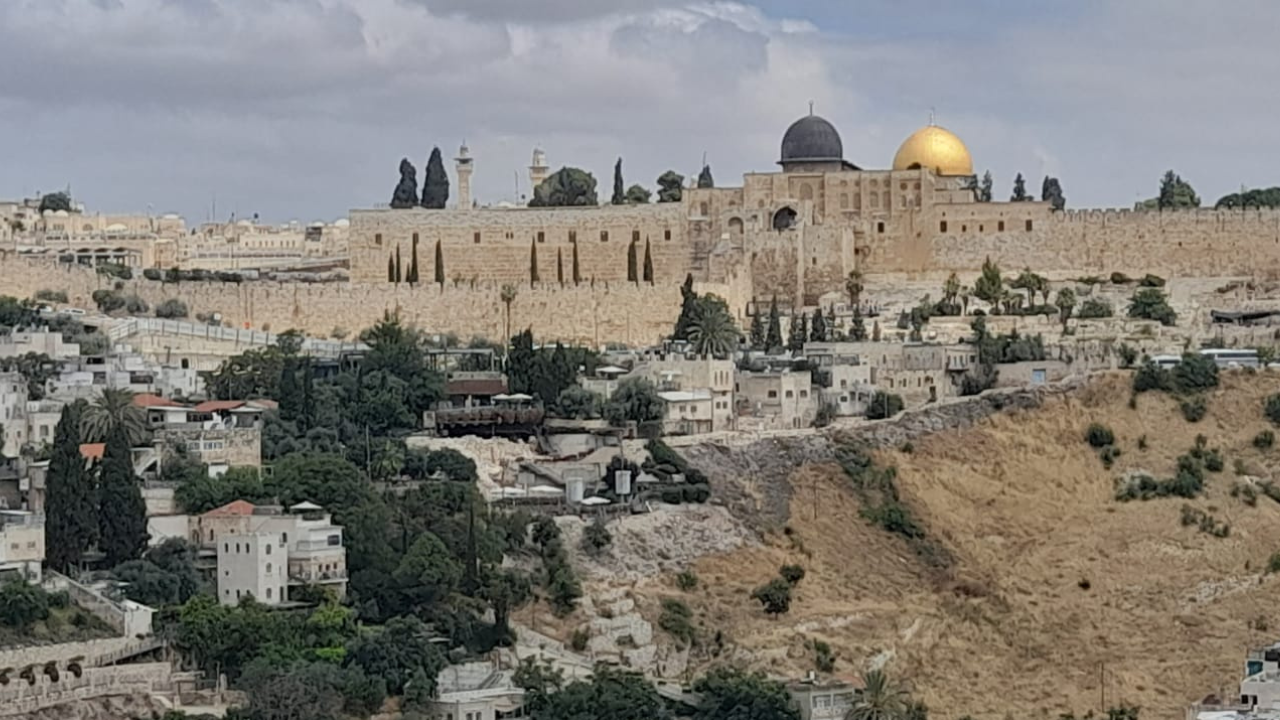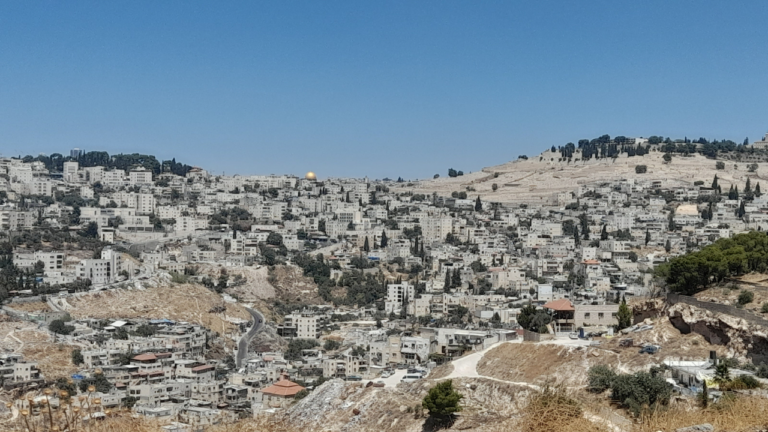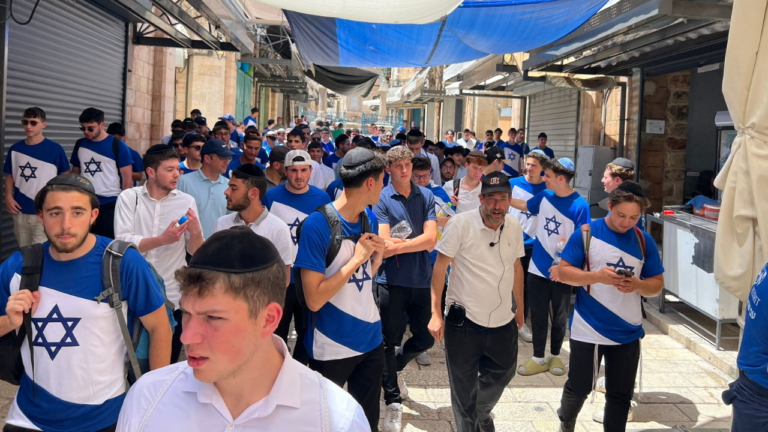Rosh HaShanah and Shabbat: Sounding the Shofar in the Streets of Jerusalem
This year, on the first day of Rosh Hashanah, our shuls will be silent from the sound of the shofar. As the Gemara in the fourth chapter of Tractate Rosh Hashanah explains (29b), the sages decreed that we should not blow shofar when Rosh Hashanah coincides with Shabbat, lest one come to inadvertently desecrate Shabbat by carrying a shofar in the public domain. However, the Mishnah describes two major exceptions to this rule. In the mikdash (holy temple), the shofar would be blown even on Shabbat. Additionally, after the destruction of Jerusalem, Rebbe Yochanan ben Zakkai permitted the shofar to be blown in the presence of the Sanhedrin (70 of the greatest Torah scholars in Israel, see Rashi to 29b). The Gemara explains that he began the practice of blowing shofar on Shabbat in Yavneh, the new home of the Sanhedrin HaGadol.
At first glance, this exception is quite logical. As the commentators note, the sages were not concerned that any desecration of Shabbat would occur when an established court of Torah scholars was overseeing the shofar blowing (see Rambam in Hilchot Shofar 2:9). When the Temple stood, it did not only serve as the center for sacrifice and prayer, but also as the seat of the Sanhedrin. Under the watchful eye of such preeminent scholars, nobody would make any mistakes involving chillul Shabbat.
However, the Mishnah makes a strange distinction between Jerusalem and Yavneh. While in Yavneh the shofar can only be blown in the physical presence of beit din, in Jerusalem the shofar could be blown anywhere (see conclusion of the Gemara 30a). In fact, all cities that were within a short distance of Jerusalem were also allowed to blow shofar! If the permission to blow shofar is relying on the oversight of the Sanhedrin situated on the Temple Mount, how can we be sure that those not physically present will not sin?
To help us answer this question, the Rambam in his commentary to the Mishnah provides us with a short and beautiful insight. He notes that when the Mishnah uses the term “mikdash”, it does not mean the Holy Temple. Rather, it refers to the totality of Jerusalem. The entire city is viewed as an extension of the Temple, an organic outgrowth of its sanctity.
Under normal circumstances, the powerful influence of Torah scholars wanes as one moves farther from their physical presence. In a city like Yavneh, the inspiration and awe of the Sanhedrin was only fully perceived when standing in the presence of Rebbe Yochanan and his colleagues. Hence, their ability to protect the nation from inadvertently desecrating Shabbat was limited as well.
Not so Jerusalem. When Jerusalem reigns in her full glory, with the Holy Temple built and the Sanhedrin established in her midst, the entire city “stands” in the presence of the great Torah scholars. The perception of the awesome aura of the Sanhedrin is palpable in all of Jerusalem’s ancient streets. Even those who live outside the city but can still travel to it on the Yom Tov of Rosh HaShanah are also in the Sanhedrin’s warm embrace.
Jerusalem is the natural environment for the Torah’s influence to spread. Ki miTzion Tetzei Torah, for from Zion will the Torah come forth, and the word of Hashem from Jerusalem (Yishayahu 2:3). Anyone with access to the holy city more clearly perceives the truth of the Torah and the holiness of the Sanhedrin; their loyalty to the Ribbono Shel Olam is fortified.
May we merit to hear the shofar blown on our holy day of rest in the fully restored Jerusalem, speedily in our days.



